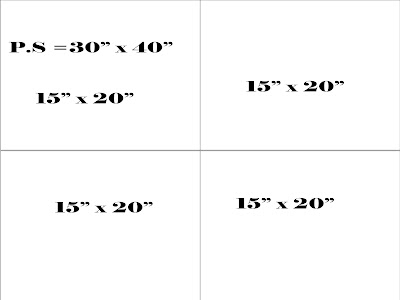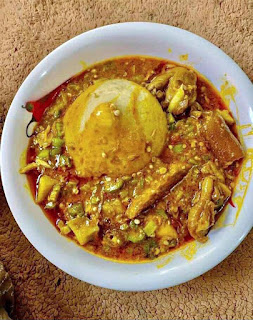To make a print of any pre-defined size and accurately get the print to size, there has to be a little calculation into what space to leave as gripper margins for the printing machine to prevent distortion of the actual or final work. To do this, a paper called the parent sheet or stock size sheet is the one from which every printing is done. For digital printing on let's say A4, you need not worry about this but for printing to be done by the offset lithography, you've got a little bit of calculation to do.
Let's get started:
What is the working size of printing?
Working size refers to paper that has the finished size of a document in addition to allowance for gripping, trims etc. After printing is done, trimming is done to make sure that the final output is what a client or a job requires and this size is known as the finished size.
There are myriads of printing methods like gravure, offset lithography, letterpress and many more which demand a particular approach to a successful registration or impression. A common stock or parent size of paper for print is 30" X 40" and five hundred(500) of these sheets are collectively referred to as a ream.
A REAM of paper consists of 500 parents or stock size sheets and after the purchase of the reams for a work, they are then cut to a particular working size per the demand of the available work.
Working size = Print size + allowance(for trims, grips, die-cutting, margins etc.)
- Example) A printing is to be made on an A4 size paper using a parent size paper and the specific printing method to be used is the offset lithography. Calculate a suitable working size for this job.
solution
Working size = Print size + allowance
Working size = 8.27" x 11.69" + 1" x 0.5"
working size = 9.27" x 12.19"
✅Therefore, our working size will be 9.27" x 12.19" and after printing on this size of cut paper, trimming will be done to ensure the final work has a size equal to an A4(8.27" x 11.69") which is the finished size.
There is a very important thing to know about cutting papers for print work to ensure effective and economic use of the sheets to avoid waste and minimize cost which in the long run increases the profit margin of a printing press. This is described by a term called Number of out.
Number of out = Parent size/ number of copies
Sample) A parent sheet is measured 30" x 40" and a finished size paper of dimension 15" x 20" is to be cut from the parent sheet. How many of the finished sizes can be gotten from the parent sheet?
Solution
Number of out = Parent size/Number of copies
Number of out = 30" x 40"/ 15" x 20"
NB// There are two ways to go about it, the first is division vertically and the second is division diagonally. Remainders are not made use of in this calculation since we are dealing with paper and our need is to get a specific size out of the parent sheets.
Number of out = 2 x 2 = 4 This is by the vertical division.
Using the diagonal division, no of out = 1 x 2 = 2
Since the target is to get the maximum number of 15" x 20" sheets possible out of the parent size (30" x 40"), we go for the vertical division which gives us 4 sheets.
Shows a 30" x 40" paper cut into four exactly.











Comments
Post a Comment
Share your views on this insightful content